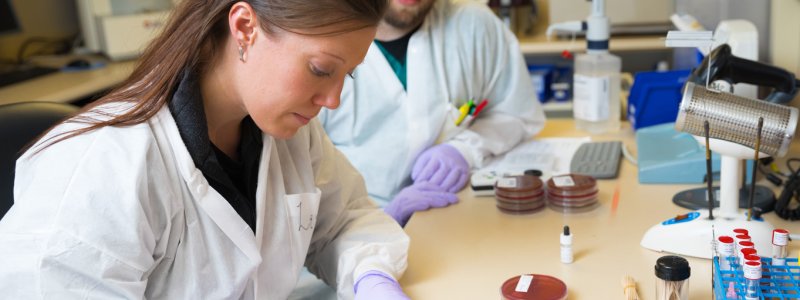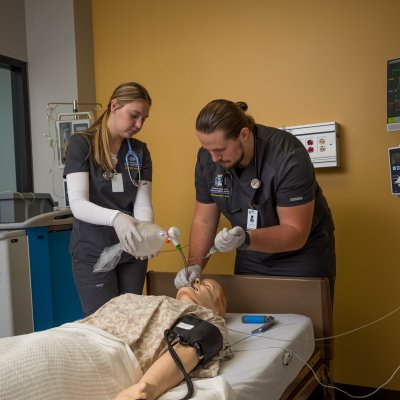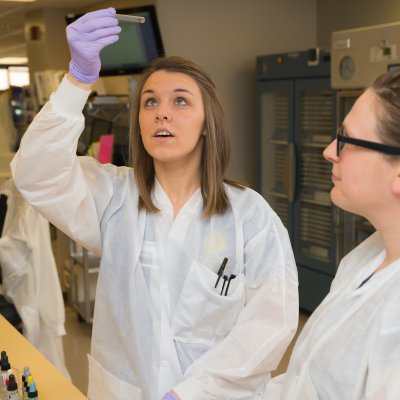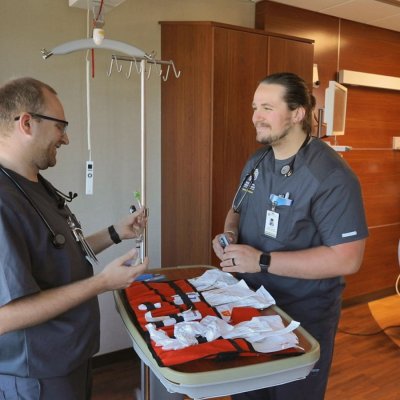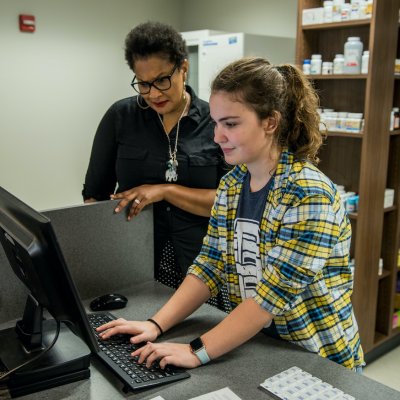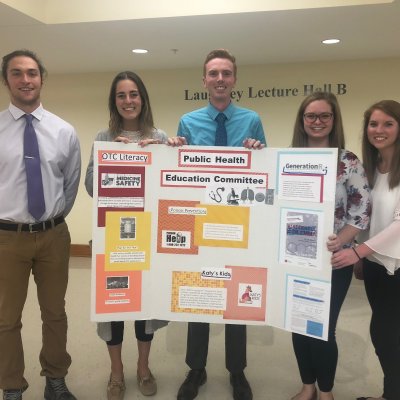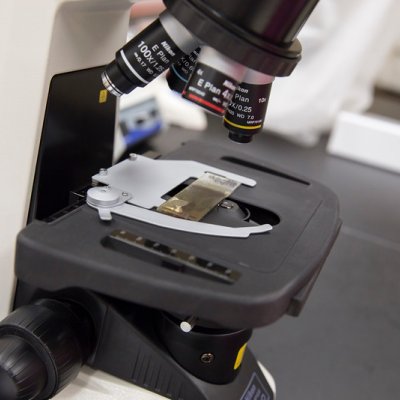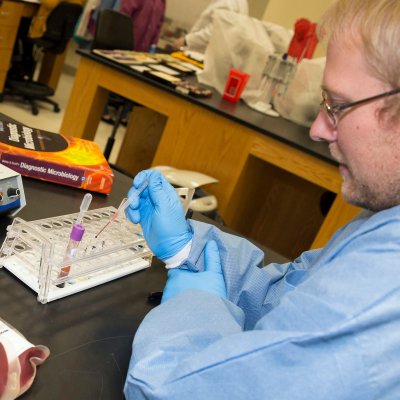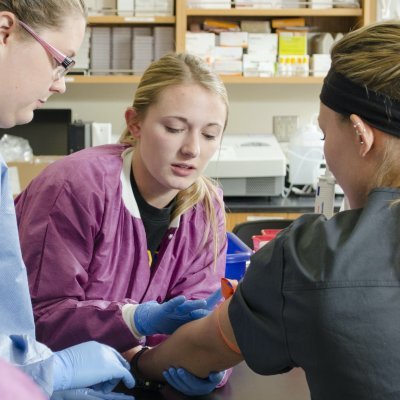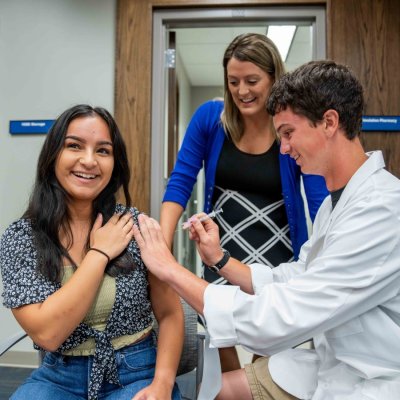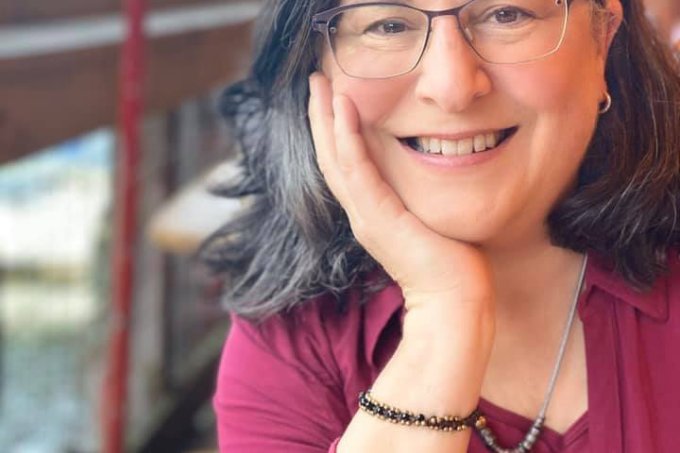Welcome to the Allied and Population Health Department! We are excited that you are interested in learning more about our department and the programs we offer.
Please stop by “Our People” to get to know our faculty and staff. We are a transdisciplinary department that houses faculty from pharmacy, public health, medical laboratory sciences and respiratory care. The department has three divisions: medical laboratory sciences, respiratory care and population health. The population health division has faculty with diverse backgrounds in pharmacy, public health, and health services research. The department offers a total of nine academic programs across these disciplines.
Our academic programs are well ranked in their respective fields. We consistently record 100% job placement and 100% board pass rates for graduates in many of our academic programs. We offer a very dynamic working environment for faculty who share office space at health systems working alongside practitioners. To help alleviate the financial burden for students, scholarships, sponsorships and paid internship opportunities are offered to students in our department. All you have to do is ask!
South Dakota has three Integrated Delivery Networks (IDNs). Sanford Health, one of the largest health systems in the U.S. is headquartered in Sioux Falls, with locations in 26 states and 10 countries. Avera Health is a mid-sized health system with locations across the upper Midwest. Monument Health, headquartered in Rapid City, is a community-based health care system serving patients across Western South Dakota and Wyoming. Faculty in our department have strong partnerships with these healthcare systems, and many have joint appointments. In addition to our campuses in Brooking and Sioux Falls; classes, labs and clinical experiences are also held at Monument, Sanford and Avera Health systems giving students first-hand practice experience working alongside real-world practitioners. Our students complete clinical experiences with our collaborative partners and affiliate sites across America. Inter-disciplinary collaboration is fostered and encouraged among faculty and students. Additionally, faculty work with collaborating health care institutions across the state and nation.
Our online programs in all three divisions, offer flexible opportunities for working professionals to earn degrees at their own pace. We also offer two certificate programs, a phlebotomy certificate, and a public health certificate. Several of our programs are designed to offer students or working professionals the opportunity to cross-train or layer their education through multiple degrees.
In addition to teaching, the department houses the multi-million-dollar Community Practice Innovations Center (CPIC) which focuses on community-based research with an emphasis on access to care, population health, and improving health outcomes. Many CPIC projects are funded by federal or state agencies. CPIC provides students an excellent opportunity to learn cutting-edge research and be a part of innovations in health care. Practice-based research is encouraged, and students work collaboratively with faculty and students from various disciplines on research projects.
Explore our programs -
Useful Links
For more information, contact:
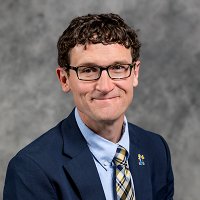
Dan Hansen
Dean, Professor of Pharmacy Practice
College of Pharmacy and Allied Health Professions
Department of Pharmacy Practice


